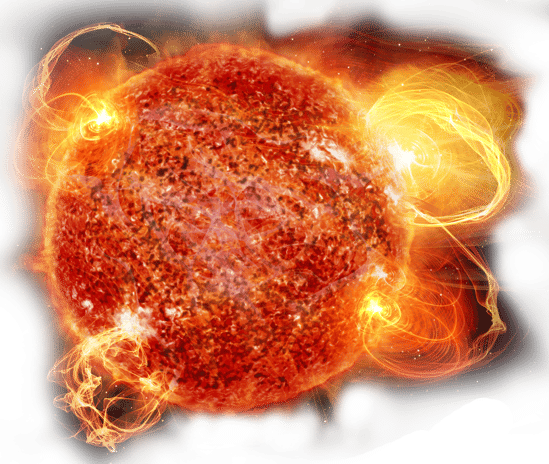

SOLAR & STELLAR CORONAL MASS EJECTIONS
May 05-10, 2024 Krakow, Poland

IAU Symposium 388
Solar Source of CMEs
CME Initiation
CME, flare, eruptive prominence relationship
Detecting and Modeling Stellar CMEs
Propagation of CMEs in solar and stellar environments
CMEs, shocks, and radio bursts
CME impact on planets/exoplanet
Solar and Stellar Extreme events
Major Topics


Venue
The Symposium will take place in the Auditorium Maximum of the Jagiellonian University in Kraków, Poland
Address: ul. Krupnicza 33, 31-123 Kraków


Timeline
15 July 2023 First Announcement
8 November 2023 Registration and Abstract Submission Opens
8 November 2023 Second Announcement
21 January 2024 Travel Grants Deadline
25 February 2024 Abstract Submission Deadline (oral and poster)
25 February 2024 Early Registration Deadline
30 March 2024 Communication of selected oral and poster contributions and grants awarded
15 April 2024 Final Registration Deadline
26 April 2024 Deadline for confirming participation in the student school
5-10 May 2024 IAU Symposium
15 June 2024 Proceeding Submission Deadline
Coronal mass ejections (CMEs) from the Sun represent the most energetic solar-heliospheric events and can adversely affect human technology on Earth and in space. CMEs and ICMEs (interplanetary CMEs) contribute to space weather in two ways: (i) by populating the heliosphere with hazardous energetic particles accelerated by CME-driven shocks; (ii) by impacting planets and their environment causing magnetic storms and solar wind erosion. Thus, CME research has both scientific and practical importance. CMEs are naturally expected from other stars and they are expected to affect stellar planetary environments.
Although discovered in the early 1970s, CME research exploded with the imaging instruments on board the Solar and Heliospheric Observatory (SOHO). The multiview observations provided by the Solar Terrestrial Relations Observatory (STEREO) enabled the reconstruction of the three-dimensional (3D) flux rope nature of CMEs. New results from the Solar Dynamics Observatory (SDO) have shown that CME flux ropes can start with either hot or cold seed flux ropes. The Parker Solar Probe and Solar Orbiter are providing unprecedented data on the interplanetary evolution of CMEs. CME flux ropes propagating in the corona and interplanetary medium are affected by a multitude of interactions with the ambient solar wind and other large-scale structures resulting in large deviations from the expected trajectories. A detailed understanding of the CME initiation, physical structure, interplanetary propagation, and planetary impact is needed to forecast space weather and to help mitigate their impact. Energetic CMEs are often accompanied by powerful solar flares that have additional space weather consequences.
While flares are readily observed from other stars, observing stellar CMEs has been a challenge. Solar CME observations, therefore, provide important guidance in understanding stellar eruptions and their impact on exoplanets hosted by the stars. A synergistic approach to solar and stellar CMEs is inevitable to understand how the magnetic energy is stored and released from spatially confined magnetic regions on the stars and their consequences for star-planet relations over various timescales. Emphasis will be placed on modeling efforts that are common to both solar and stellar mass ejections and validating stellar modeling efforts with observations and models of CME initiation and propagation in the heliosphere.
This symposium is focused on transient phenomena on the Sun and stars and how these phenomena affect the planets/exoplanets. The symposium will emphasize the synergy between solar and stellar research especially on the commonality in modeling and interpretation of energetic eruptions. The symposium is timely because of the explosion of knowledge on solar and stellar flares and coronal mass ejections (CMEs). CMEs also impact planets/exoplanets and play a significant role in the evolution of the latter. The symposium will review the current results, identify gaps, and plan to make further progress on the observations and modeling of solar and stellar CMEs.






